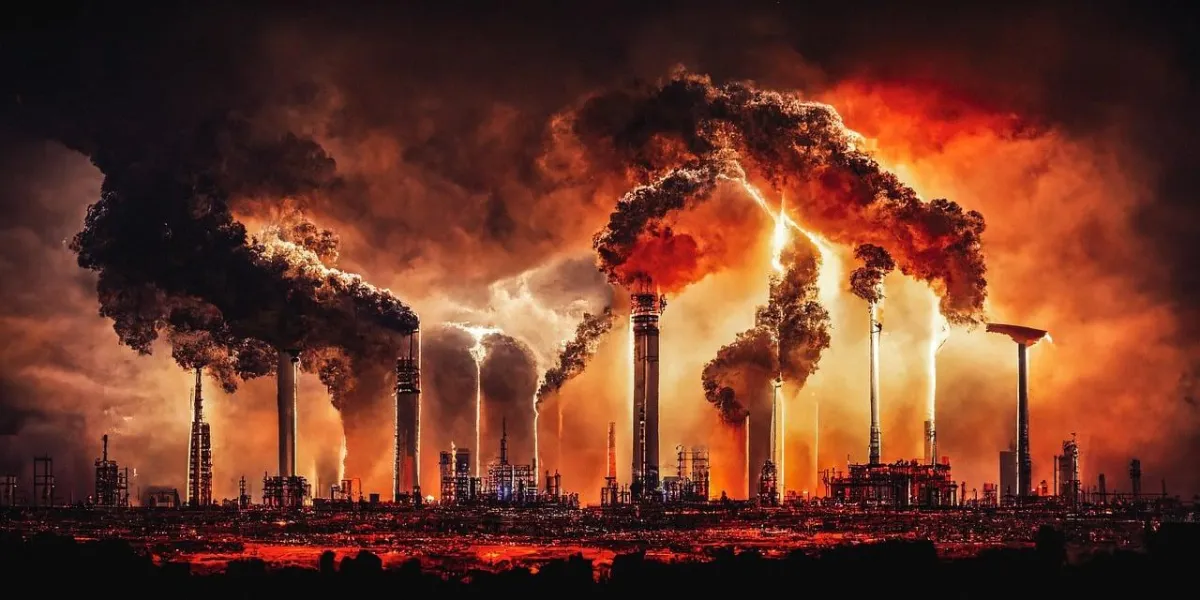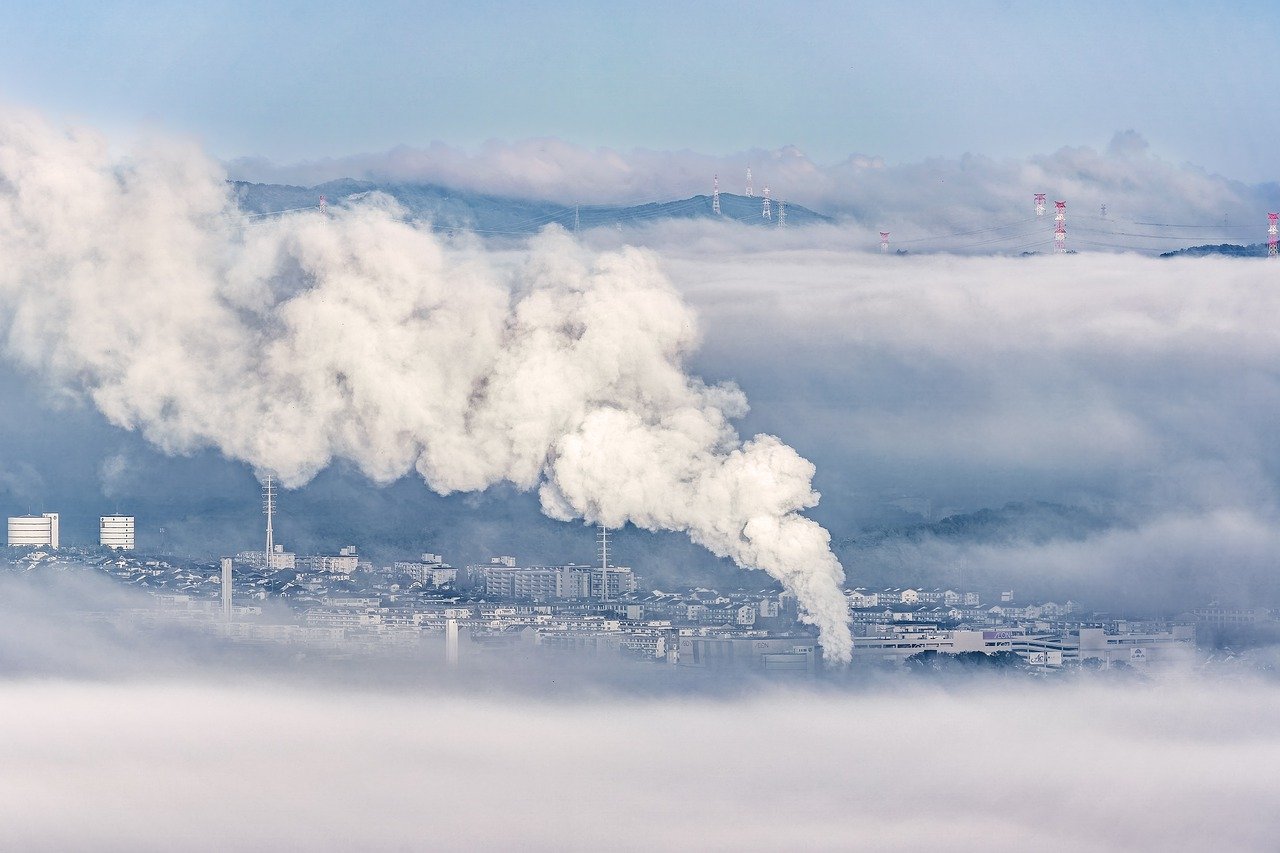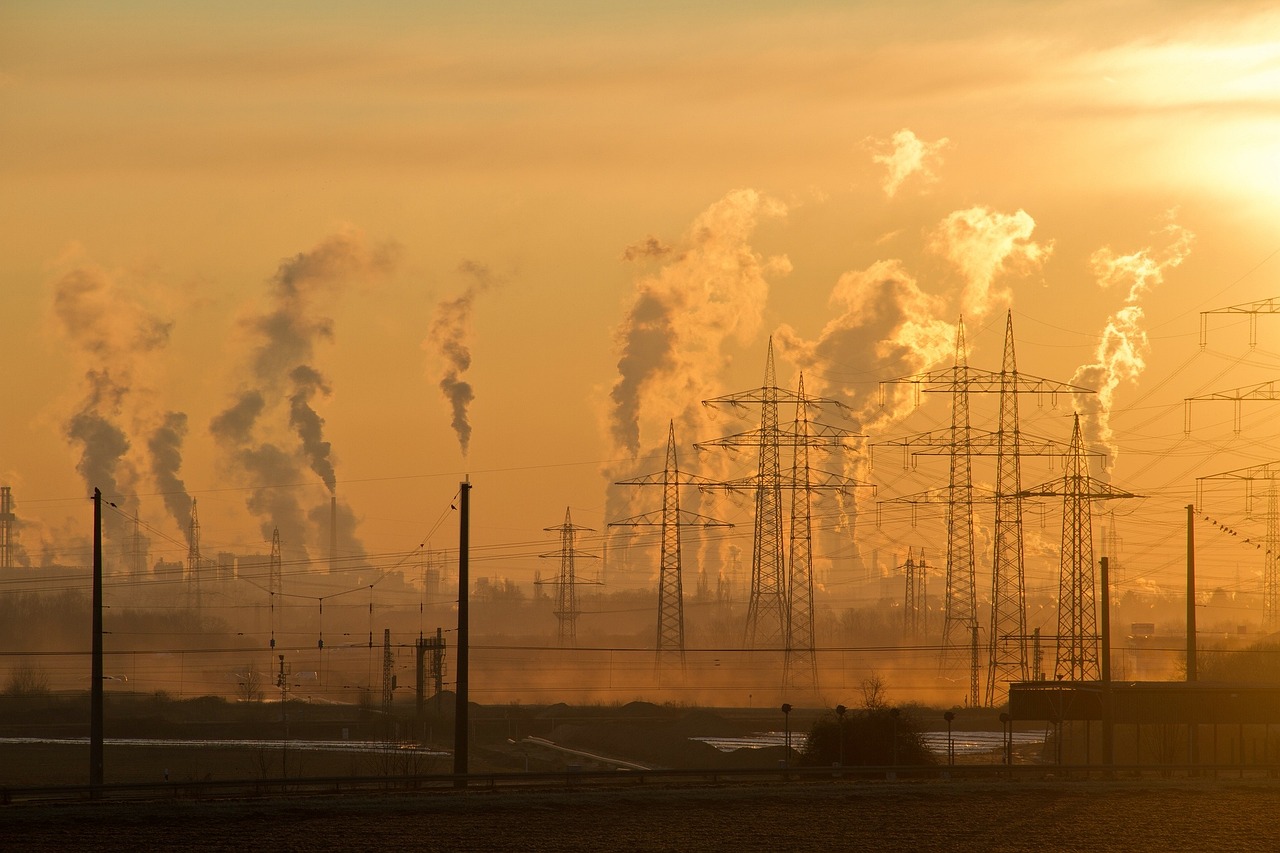Blog

Air Pollution: The Silent Threat to Health and Well-being
Breathing Hazard: Unveiling the Stealthy Peril to Health and Vitality
As a father of six, the topic of air pollution and its detrimental effects on health is deeply personal to me. It's disturbing to think about the invisible threats our children face daily. Understanding and addressing air pollution is not just a matter of public health; it's about safeguarding the future for our families and future generations.
The Scope of Air Pollution
Air pollution is a pervasive environmental issue, posing significant health risks worldwide. According to recent reports, air pollution contributes to approximately 7 million premature deaths each year. This insidious threat affects people of all ages, but children, the elderly, and those with preexisting health conditions are particularly vulnerable.
Key Pollutants and Their Effects
Particulate Matter (PM2.5 and PM10): Fine particulate matter (PM2.5) is particularly hazardous as it penetrates deep into the lungs and enters the bloodstream. Chronic exposure to PM2.5 has been linked to respiratory and cardiovascular diseases, including lung cancer and heart disease. Alarmingly, this pollution is estimated to reduce the average life expectancy by nearly two years.
Nitrogen Dioxide (NO2): Predominantly emitted from vehicles and industrial activities, NO2 exacerbates respiratory diseases and impairs lung function. Long-term exposure can lead to chronic respiratory conditions and reduced lung growth in children.
Ozone (O3): Ground-level ozone, a byproduct of chemical reactions between pollutants, is a potent respiratory irritant. It causes asthma attacks and diminishes lung function, significantly impacting those with preexisting respiratory conditions.
Sulfur Dioxide (SO2): SO2, produced by burning fossil fuels, irritates the respiratory system, causing conditions like bronchitis and exacerbating heart disease. Prolonged exposure can lead to severe respiratory illnesses.
Disproportionate Impact on Vulnerable Populations
Air pollution does not affect everyone equally. Individuals living in low-income regions often face higher exposure levels due to industrial proximity and limited access to healthcare. Children are especially at risk, with air pollution contributing to over 700,000 deaths in children under five each year. Additionally, exposure during pregnancy can lead to adverse birth outcomes, including preterm birth and low birth weight.
The Hidden Costs of Air Pollution
The economic impact of air pollution is staggering. The healthcare costs associated with treating diseases caused or exacerbated by air pollution are immense. For instance, in the United States alone, the annual health costs due to air pollution are estimated to be in the billions of dollars. These costs include hospital admissions, lost workdays, and premature deaths. The financial burden on healthcare systems and the loss of productivity due to illness further underscore the urgency of addressing air pollution.

Mitigation Strategies
To combat the adverse effects of air pollution, it's crucial to implement comprehensive mitigation strategies. The WHO's new Air Quality Guidelines provide a framework for reducing pollution and its health impacts. Key measures include:
- Transitioning to Clean Energy
Reducing reliance on fossil fuels by investing in renewable energy sources like wind and solar power. This transition not only reduces air pollution but also mitigates climate change, providing a dual benefit for public health and the environment. Countries like Germany and Denmark have made significant strides in renewable energy adoption, showcasing the feasibility and benefits of such transitions.
- Strengthening Emission Regulations
Implementing and enforcing stricter emission standards for industries and vehicles is essential. Regulations such as the Clean Air Act in the United States have proven effective in reducing pollutants and improving air quality. However, ongoing efforts and updates to these regulations are necessary to keep pace with industrial and technological advancements.
- Public Awareness Campaigns
Educating the public about the dangers of air pollution and promoting behaviors that reduce exposure, such as using public transportation and supporting clean energy initiatives, are vital. Public health campaigns have successfully raised awareness and led to behavior changes in smoking cessation and vaccination; similar strategies can be employed to combat air pollution.

The Role of Technology in Combatting Air Pollution
Innovative technologies play a critical role in monitoring and reducing air pollution. For example, the use of air quality sensors and satellite data has improved the accuracy of pollution monitoring, enabling better regulatory enforcement and public awareness. Additionally, advancements in electric vehicles and clean energy technologies offer promising solutions to reduce emissions from transportation and energy production.
The Global Perspective
Air pollution is a global issue that requires international cooperation. Countries must work together to share technologies, strategies, and resources to combat this threat. International agreements like the Paris Agreement emphasize the importance of collective action in addressing both climate change and air pollution. By collaborating on a global scale, nations can implement effective policies and practices to reduce air pollution and protect public health.
Case Studies: Success Stories in Air Quality Improvement
Several cities and countries have successfully implemented measures to reduce air pollution, offering valuable lessons for others. For instance:
A. London, UK
London's Ultra Low Emission Zone (ULEZ) has significantly reduced nitrogen dioxide levels in the city. By charging vehicles that do not meet strict emission standards, London has incentivized the use of cleaner vehicles and reduced pollution.
B. Beijing, China
Beijing has made remarkable progress in improving air quality through stringent regulations on industrial emissions, coal consumption, and vehicle use. The city's air quality improvement plan, which includes measures like closing polluting factories and promoting electric vehicles, has led to a noticeable decrease in PM2.5 levels.
Community Involvement and Grassroots Movements
Local communities play a crucial role in addressing air pollution. Grassroots movements and non-governmental organizations (NGOs) often lead the charge in advocating for cleaner air. Community-led initiatives, such as urban greening projects and anti-idling campaigns, have proven effective in reducing local pollution levels. Supporting and empowering these groups can amplify efforts to combat air pollution on a larger scale.
The Psychological Impact of Air Pollution
Beyond physical health, air pollution also affects mental well-being. Studies have linked air pollution to increased rates of depression, anxiety, and cognitive decline. The stress of living in polluted environments and the potential neurotoxic effects of pollutants like PM2.5 contribute to these mental health issues. Addressing air pollution, therefore, has far-reaching benefits for both physical and mental health (American Psychological Association).
Conclusion
Air pollution is a critical global health issue that requires urgent action. By understanding the sources and impacts of air pollution, we can take meaningful steps to mitigate its effects. This is not just an environmental issue but a profound public health crisis that demands our attention and action. At PhilanthroInvestors®, we are dedicated to supporting initiatives that address these challenges, ensuring a healthier, cleaner future for all.
By addressing air pollution head-on, we protect not only our own health but also contribute to the broader fight against climate change. This dual benefit underscores the importance of collective action in creating a sustainable, healthy world for our children and future generations.

About PhilanthroInvestors
PhilanthroInvestors combines traditional venture capital financing tools with philanthropic principles to achieve social impact. By secure, meaningful, and profitable investments, they bring capital and also change people’s lives.
PhilanthroInvestors are currently working in four sectors – Housing, Water, Health and Environment – and will be adding more investment sectors in the future. PhilanthroInvestors founder Ivan Anz owns companies on three continents and has investors in 14 countries.
Discover how investing with us can secure your future. Get in touch here.
© 2026 l PhilanthroInvestors®
THE CONTENT OF THIS SITE DOES NOT CONSTITUTE AN OFFER TO SELL OR THE SOLICITATION OF AN OFFER TO BUY ANY SECURITIES.





